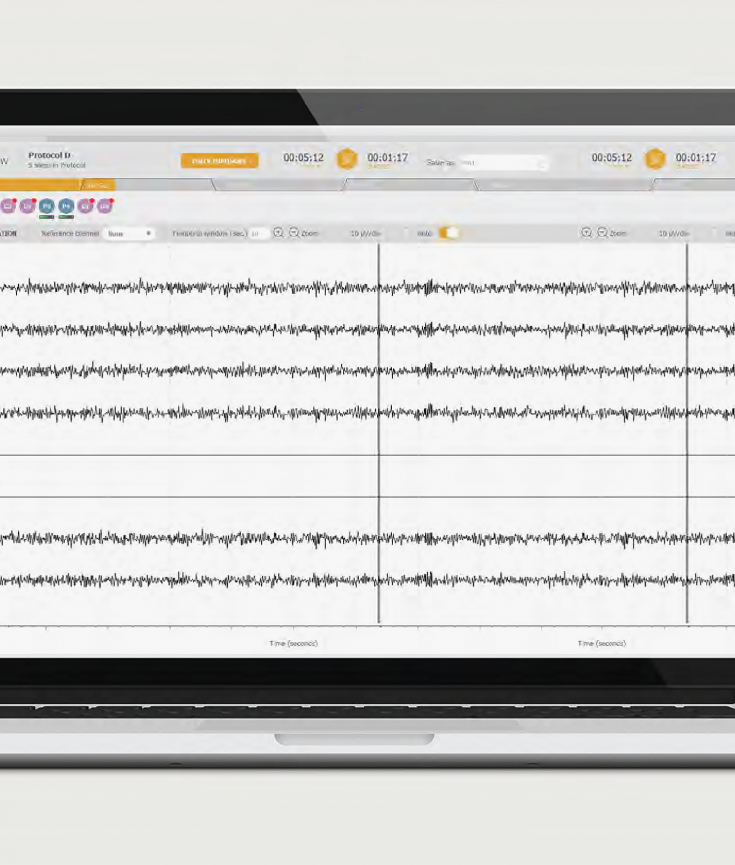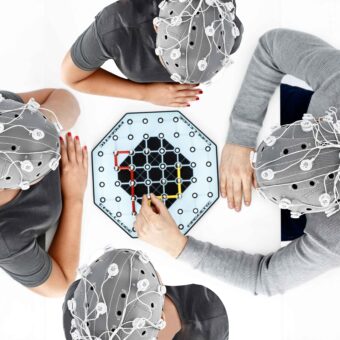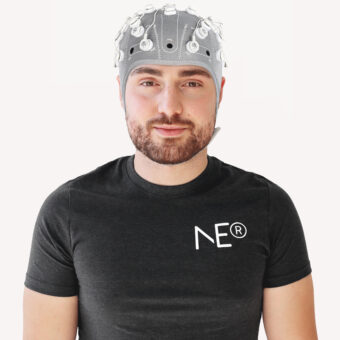Transcranial current stimulation (tCS) seems to be a powerful tool to make the link between brain function and disease. This has been demonstrated in current research. However, we have yet to fully understand the underlying neurobiological mechanisms of tCS. The goal of combining tCS with neurophysiological and neuroimaging tools is twofold: a) these techniques can provide information about when, where, and how to stimulate the brain and help to improve precision and accuracy of stimulation, and b) these techniques provide information about the neural changes induced by tCS, helping to better understand its neurobiological mechanisms.
Why would one like to combine tCS with various neuroimaging and electrophysiological tools? The answer is pretty simple: the various existing techniques provide complementary information, they somehow answer the same question but through different pathways, shedding light on different underlying mechanisms of brain function.
They all associate specific temporal and spatial brain patterns with certain cognitive functions, in a way that depends on their intrinsic properties. Before going through the technological differences of these tools, let’s see what do they measure and how they are related to tCS.
Neural activity generates electrical potentials in the brain that can be measured by electroencephalography (EEG). These potentials give rise to a magnetic field that can be measured by magnetoencephalography (MEG). EEG and MEG belong to the category of electrophysiological tools and measure the direct output of neurons, which is their electromagnetic field. These generated electrical potentials and consequent magnetic field result in an increase in glucose and oxygen demands that leads to an increase in the local hemodynamic response. This process is known as neural metabolism and can be captured by neuroimaging tools, such as functional Magnetic Resonance Imaging (fMRI) and Near-Infrared Spectroscopy (NIRS). The role of tCS in this process is that it modulates the level and/or timing of excitatory or inhibitory activity patterns, which affect cortical excitability (measured by electrophysiology) that in its turn affects the local hemodynamic response (measured by neuroimaging).
To briefly compare these tools, EEG and MEG are known for their excellent temporal resolution, which is provided in milliseconds compared to fMRI that has resolution in seconds. EEG is cheap, easy to set up and carry, you can use it even at home, and you can measure using the same device as tCS (e.g., our Starstim device). The strong point of MEG over EEG is that it allows for assessing brain activity even underneath the stimulation electrodes, due to the fact that it does not suffer from the volume conduction phenomenon present in EEG. However, its drawback with respect to EEG is that it is more expensive and is not portable. Neuroimaging tools outperform electrophysiology tools in terms of spatial resolution. For instance, fMRI provides spatial resolution in 2-4mm whereas EEG in cm. Due to its good spatial resolution, fMRI reveals stimulation effects on interconnected brain regions, either in remote or in neighboring regions. If you are interested in good spatial and temporal information at the same time, NIRS is a good compromise between temporal (around 100msec) and spatial resolution (30mm), and compared to fMRI is cheaper and portable.
If you are new to tCS research, and you are wondering on how to start, I would advise you to choose the electrophysiology/neuroimaging method based on the differences presented above, start from an already known problem, and see how tcs modifies it. For example, in (Helfrich et. al., 2015), the authors knew a-priori that the cross-frequency coupling (CFC) between alpha and gamma EEG bands seems to be responsible for visual processing organization, attentional control, and short-term visual memory. Entraining with tACS (transcranial alternate current stimulation) the alpha (10Hz) and gamma (40Hz) EEG bands, they found significant differences between tACS and sham in the CFC of alpha and gamma, showing evidence for modulation of CFC with tACS.
In a tDCS (transcranial direct current stimulation) combined with MEG study (Hanley et. al., 2015), starting from the known relationship between beta band and motor activity, as well as between gamma band and visual activity, the authors revealed significant reduction both in motor beta and in visual gamma power with tDCS during a visuomotor task compared to sham. This result provides evidence for modulation of MEG features with tCS. Similarly with tCS and fMRI, knowing that BOLD (Blood Oxygen Level Dependent activity) changes in the occipital cortex are related to visual processing, the authors (Vosskuhl et. al., 2015) found reduced BOLD signal changes in the occipital cortex with IAF (Individual Alpha Frequency) –tACS stimulation during a visual vigilance task. Finally, in a NIRS-tDCS study (Ehlis et. al., 2015), starting from the fact that a word fluency task has as consequence extensive activation of the frontal cortex, the authors revealed significant changes in oxygenated hemoglobin by stimulating the prefrontal cortex during verbal word fluency, indicating that tCS has measurable effects in the NIRS signal.
Hence, when we want to measure tCS effects on neuroimaging and electrophysiology it’s important to select the appropriate metrics to capture brain changes, as in the above examples. However, let’s not forget that we are still at the beginning of the tCS era meaning that there is still limited knowledge on the underlying mechanisms of tCS and on how these mechanisms can be measured. Thus, methodological studies to determine appropriate and relevant metrics are necessary.
References:
Helfrich, R.F., et al., Different couplingmodes mediate cortical cross-frequency interactions, NeuroImage (2015), http://dx.doi.org/10.1016/j.neuroimage.2015.11.035
Hanley, C.J., et al., Transcranial modulation of brain oscillatory responses: A concurrent tDCS–MEG investigation, NeuroImage (2015), http://dx.doi.org/10.1016/j.neuroimage.2015.12.021
Vosskuhl, et. al., BOLD signal effects of transcranial Alternating Current Stimulation (tACS) in the alpha range: A concurrent tACS-fMRI study, NeuroImage (2015), doi:10.1016/j.neuroimage.2015.10.003
Ehlis, A.-C., et al., Task-dependent and polarity-specific effects of prefrontal transcranial direct current stimulation on cortical activation during word fluency, NeuroImage (2016), http://dx.doi.org/10.1016/j.neuroimage.2015.12.047






